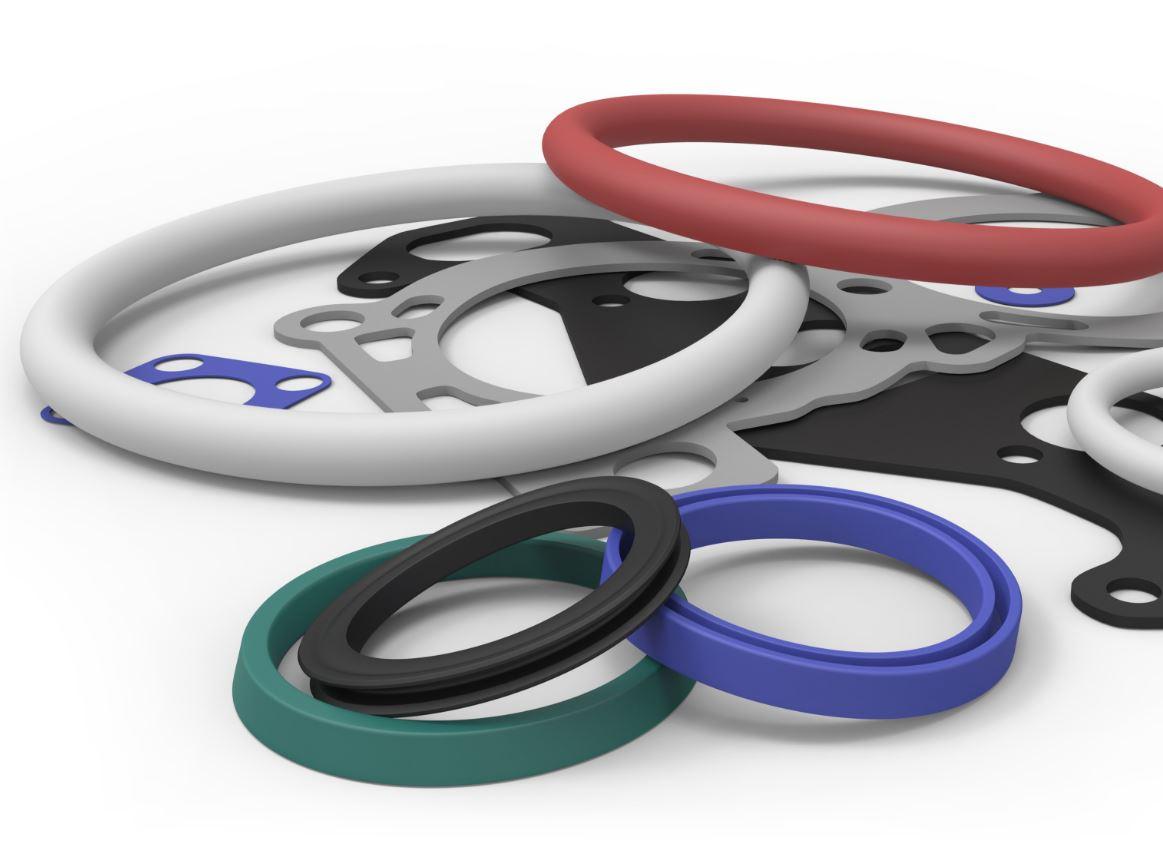O-rings are small, simple components that play a crucial role in a wide range of industries, from automotive and aerospace to pharmaceutical and oil and gas. Their primary function is to provide a reliable seal between two surfaces to prevent leaks, contamination, and fluid loss. To ensure the effectiveness of O-ring seals, rigorous testing and quality control measures are essential. The world of O-ring seal testing and quality control, discussing the methods, standards, and best practices to maintain reliable sealing solutions.
The Significance of O-Ring Seals:
Before diving into the testing and quality control aspects, let's understand why O-Ring Seals are so vital. O-rings are popular sealing solutions for several reasons:
- Versatility: O-rings are used in a myriad of applications, thanks to their adaptability. They can seal various media, including gases, liquids, and chemicals, across a broad range of temperatures and pressures.
- Cost-Effective: O-rings are cost-effective and easy to manufacture, making them an attractive choice for sealing solutions in many industries.
- Reliability: When properly designed and maintained, O-rings offer a reliable seal, reducing the risk of leaks and contamination, which is essential for safety and product integrity.
- Longevity: O-ring seals can have a long service life, contributing to the overall durability of the systems they are installed in.
The Importance of O-Ring Seal Testing:
The reliability of O-ring seals is paramount, as even a small leak or failure can have significant consequences. To ensure that O-ring seals perform as expected, they must undergo rigorous testing. Here are some critical aspects of O-ring seal testing:
· Material Compatibility Testing
The choice of O-ring material is crucial for its performance. O-rings can be made from various materials, including rubber, silicone, and fluoroelastomers, each with specific properties. Material compatibility testing involves exposing the O-ring to the intended environment and media to ensure that it won't degrade or react adversely.
· Compression Testing
O-rings rely on compression to create an effective seal. Compression testing ensures that the O-ring retains its elastic properties and can maintain the required pressure for a sustained period. This test helps determine the optimal compression level for the seal to function effectively.
· Leak and Pressure Testing
Leak and pressure testing assess an O-ring's ability to prevent fluid or gas leaks and maintain pressure. The O-ring is subjected to various pressure and temperature conditions to ensure it can handle the intended application without leaking or failing.
· Thermal Cycling Testing
In real-world applications, O-rings often face temperature variations. Thermal cycling testing simulates these conditions, ensuring the O-ring can expand and contract without losing its sealing capability.
· Fluid Compatibility Testing
O-rings come into contact with a wide range of fluids, and fluid compatibility is essential to prevent swelling, deterioration, or chemical reactions. Fluid compatibility testing involves exposing the O-ring to different fluids to evaluate its resistance and durability.
Standards For O-Ring Seal Testing;
To maintain consistency and quality in O-ring seal testing, various international standards have been established. Adhering to these standards is essential for ensuring the reliability of Parker O Ring Distributors. Some of the most commonly referenced standards include:
1. ASTM D1418
The American Society for Testing and Materials (ASTM) D1418 standard provides a classification system for rubber materials, helping manufacturers and engineers select the right material for O-rings based on their application requirements.
2. ISO 3601
The International Organization for Standardization (ISO) 3601 standard defines the size and tolerances for O-rings. It ensures that O-rings produced by different manufacturers are compatible and can be used interchangeably.
3. AS568
The Aerospace Standard AS568, developed by the Society of Automotive Engineers (SAE), provides a standard for O-ring sizes and dimensions specifically tailored for aerospace applications.
Best Practices in O-Ring Seal Testing:
Beyond following established standards, there are several best practices that organizations should adopt when conducting O-ring seal testing:
· Selecting the Right Test Methods
Different applications and industries may require specific test methods. It's crucial to choose the right test methods that align with the intended use of the O-ring. This ensures that the testing is relevant and accurate.
· Regular Testing and Inspection
Regular testing and inspection should be an integral part of quality control. O-rings must be tested not only during initial production but also at regular intervals to detect wear and tear or degradation.
· Documentation
Maintaining thorough documentation of O-ring testing is essential. This includes records of material compatibility tests, compression tests, and any other relevant data. Documentation provides a clear history of the O-rings and helps trace any issues.
· Continuous Improvement
Continuous improvement is a fundamental principle in quality control. Organizations should use the data collected during testing to identify areas of improvement in the design and manufacturing processes of O-rings.
Conclusion:
O-ring seals are small but indispensable components in numerous industries, and their reliable performance is paramount for safety and product integrity. Through rigorous testing, adherence to international standards, and best practices in quality control, organizations can ensure that O-ring seals provide secure and dependable sealing solutions. By doing so, they contribute to the overall efficiency and safety of the systems in which O-rings are used, offering peace of mind to both manufacturers and end-users.


